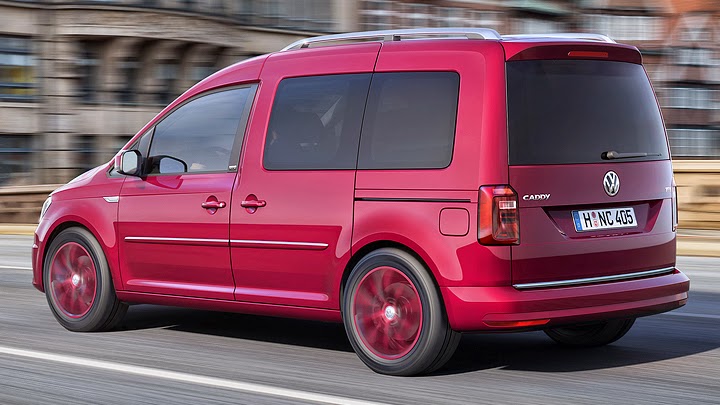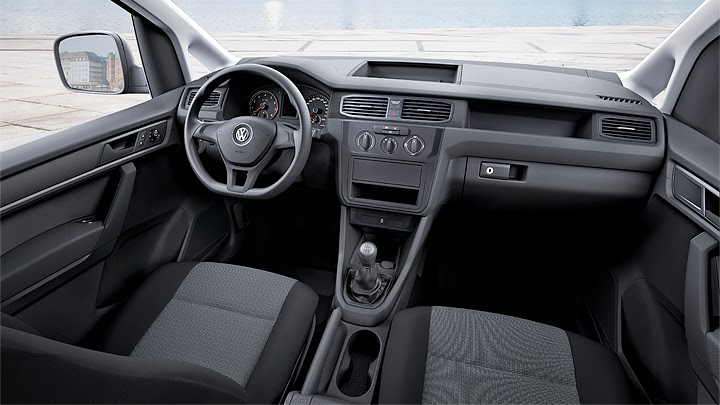
Despite what Volkswagen repeats at its press release, this is just a heavy facelift, rather than a new generation. For commercial vehicles, being reliable and cheap to buy and maintain is more important than being fashionable or cutting-edge. The Germans used this in their favor and decided to just adapt the previous model to the current standards of both its manufacturer and its market category. As you’re about to know, the first part meant updating Caddy’s design to once again match what Volkswagen has been using in the past few years. And the other regarded adding some of the latest electronic items to have achieved the must-have status. This is what the company thinks is enough to keep attracting buyers before needing to spring for a whole new product.
Unless you are a Volkswagen maniac, it’ll be hard to spot the new Caddy by the front. You can start with the upper grille, which became tall enough to enclose the entire company logo. It also features an extra strip, and a lowermost air intake that follows the headlights’ base line. These, in turn, became bigger and received rectangular projectors. And the lower grille is now wider and divided into three portions. The sides have new wheels, new direction light, and a stronger crease above the front handle – and only this one, because the Germans wanted to keep using the old rear doors. Other changes appear at the rear fascia, which received new lights – in both external shape and internal design – and a new single door, with bigger glass. At least for now, there’s no option of double doors.










More changes appear when you enter the car. The dashboard dropped the circular air vents and the fluid design in favor of a more conservative style. The family-friendly trim level is now called Highline, has borrowed some items from urban Volkswagens (such as the multifunction steering wheel), and features interesting details of its own (like the colored strip which surrounds the air vents). However, switching to the commercial Caddy no longer means just losing nice stuff: as the images show, some of these losses were converted into exclusive storage areas. The maker also claims to have added better materials, new instrument cluster, and refreshed buttons and door panels. Besides, people can choose between Composition Color and Media radios, and Discover Media radio-navigation.
However, speaking of new equipments means much more. Between standard and optional equipments, Caddy’s new safety system includes Front Assist (monitors the surroundings), City Emergency Brake (takes action at speeds of up to 30 mph if the driver doesn’t do so), Light Assist, Driver Alert (identifies abnormal driving behavior and advises the driver to stop), Adaptive Cruise Control, and the latest Park Assist. As far as engines are concerned, all diesel-burning Caddies feature a four-cylinder 2.0, with four levels of power between 75 to 150 hp. Switching to gasoline, the TSI family appears with a 84-hp 1.2; a 102-hp, three-cylinder 1.0; and a 125-hp 1.4. The CNG-consumer Caddy now uses a TGI 1.4 and makes a 28% better mileage. The new Caddy will go on sale in Europe next June.